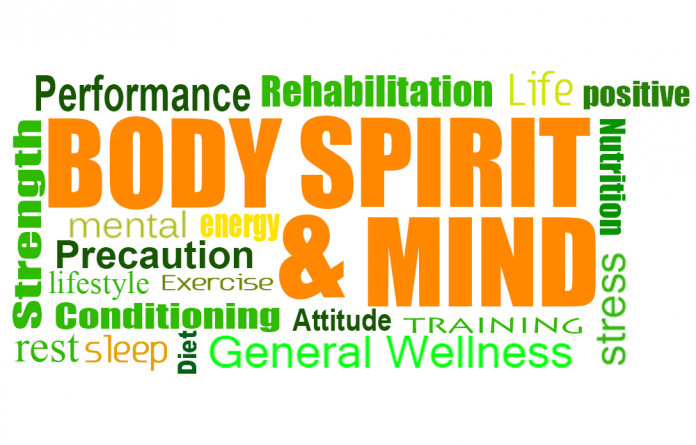It has become quite fashionable in Sri Lanka to say I am going for a test. Most adults would say this with a lot of pride, but what they really mean by test is not the examinations you and I sat for in school or university, this is an examination at a hospital to check whether they are healthy or not.
Actually one should be ashamed to even mention the word examination or test in the medical context, especially on a regular basis. I have patients who come to me with perfectly maintained files and log books with insertions of various “Tests” they have done over the past years. Blood tests, Cholesterol tests, Pressure tests, etc. I wonder whether their school and work certificates are filed that meticulously. If we all lead a lifestyle of moderation – eat moderately, drink moderately, exercise moderately, etc., we would need less money and time for medical tests.
Having said that, it is good to test yourself at regular intervals if you notice any changes to your usual healthy self. When dealing with tests we need to follow a simple yet effective rule, which would be beneficial especially to Fitness and Sports enthusiasts.
S – M – A – R – T
S – Specific
M – Measurable
A – Accurate
R – Realistic
T – Time
SPECIFIC
Goals you set for yourself should be concrete and tangible. For example, rather than “I want to lose weight” or “I want to exercise more frequently” your goal should be along the lines of “I want to lose 5 kilograms” or “I want to increase my exercise schedule to 3 times per week”. Making a specific goal and writing it down commits you to action and makes you accountable to yourself.
MEASURABLE
In order to assess your progress towards your goal, there needs to be a scale to measure it against. In the weight loss and exercise examples above, the 5 kilograms and 3 times per week are measurement scales. You are able to track your progress against the measurement scale and see how close you are getting to achieving your goal.
ACCURATE / ATTAINABLE
If you want to achieve a goal, you should set a goal that is slightly difficult and will make you stretch as a person but is not impossible. For example, if you are an inexperienced mountain climber, it is wise to not set a goal like “I will climb Mt Everest by the end of the year”, as it is likely that it is an unattainable goal. A more suitable goal would be “I will climb a 50 foot mountain by the end of the year”. It is fine and indeed impressive to hold onto a long term goal or vision of what you want your life to be like in a few years but you should realize that in order to get to that long term vision you will need to take many small steps and achieve many small goals.
REALISTIC
The realistic point of the SMART goal formula is related to attainable. Again, your goal should stretch your abilities but should not be something that you will find impossible to achieve (such as climbing Mt Everest as an inexperienced mountain climber). Another point to remember when making a realistic goal is to ensure that your goal will fit into your lifestyle, for example a goal relating to increasing exercise to 2 hours per day may not be realistic with a 9-5 job – it may be more realistic to aim for 45 minutes per day.
TIME-FRAMED
Don’t allow your goal to hang around forever or you may find that you procrastinate and do not achieve any steps towards your goal. Set yourself a time frame for your goal, for example “I want to lose 5 kilograms in the next 6 months.” This increases your accountability to yourself – you have a deadline to make, are you going to do so?
The most important thing to remember with goal setting is to be flexible. Human life is subject to many fluctuations and we cannot plan everything out. If something gets in the way of your goal, such as a pregnancy or a promotion, review your life at that moment in time and recreate your goals accordingly. Remember, if you try to achieve something you will never fail, even if you don’t make the journey’s end – you will always learn many lessons about yourself along the way.
The advantage of applying the above theory is that it increases life expectancy in tests and reduces illness and disease whilst permitting you to get more out of your life.
For starters it would be helpful to try the following tests and record the results. This will help you to study and improve your fitness and health capacity.
Also for the sports coaches and fitness experts: make sure you noted and understand the basics of these simple sports related tests.
- Resting Heart Rate – Resting heart rate is the minimum number of beats required of the heart to maintain body function at rest. This is determined by your basal metabolic rate (BMR) the minimum requirement of oxygen needed by the body. Resting heart rate will decrease as aerobic fitness improves.
- Resting Blood Pressure – When your heart beats, it contracts and pushes blood through the arteries to the rest of your body. This force creates pressure on the arteries. This is called systolic blood pressure. A normal systolic blood pressure is 120 or below.
- Height and Weight
- Lung Function
- Hips/Waist Ratio = Wais/Hip
- Skin folds/fat %
- Aerobic capacity
- Sit ups and push ups
So next time when your doctor or coach asks you to be SMART, it doesn’t mean he wants you to dress up in a tie and walk in like a gentleman. He just wants you to get your medical tests done in a Specific, Measurable, Accurate, Realistic, Time Framed manner!
There have been several workshops organized for all sports and fitness enthusiasts on the recently discussed topics.
Details can be obtained by writing to [email protected]
There’s a saying that goes like this, “you are far too smart to be the only thing standing in your way!” So push yourself, because no one else is going to do it for you.














